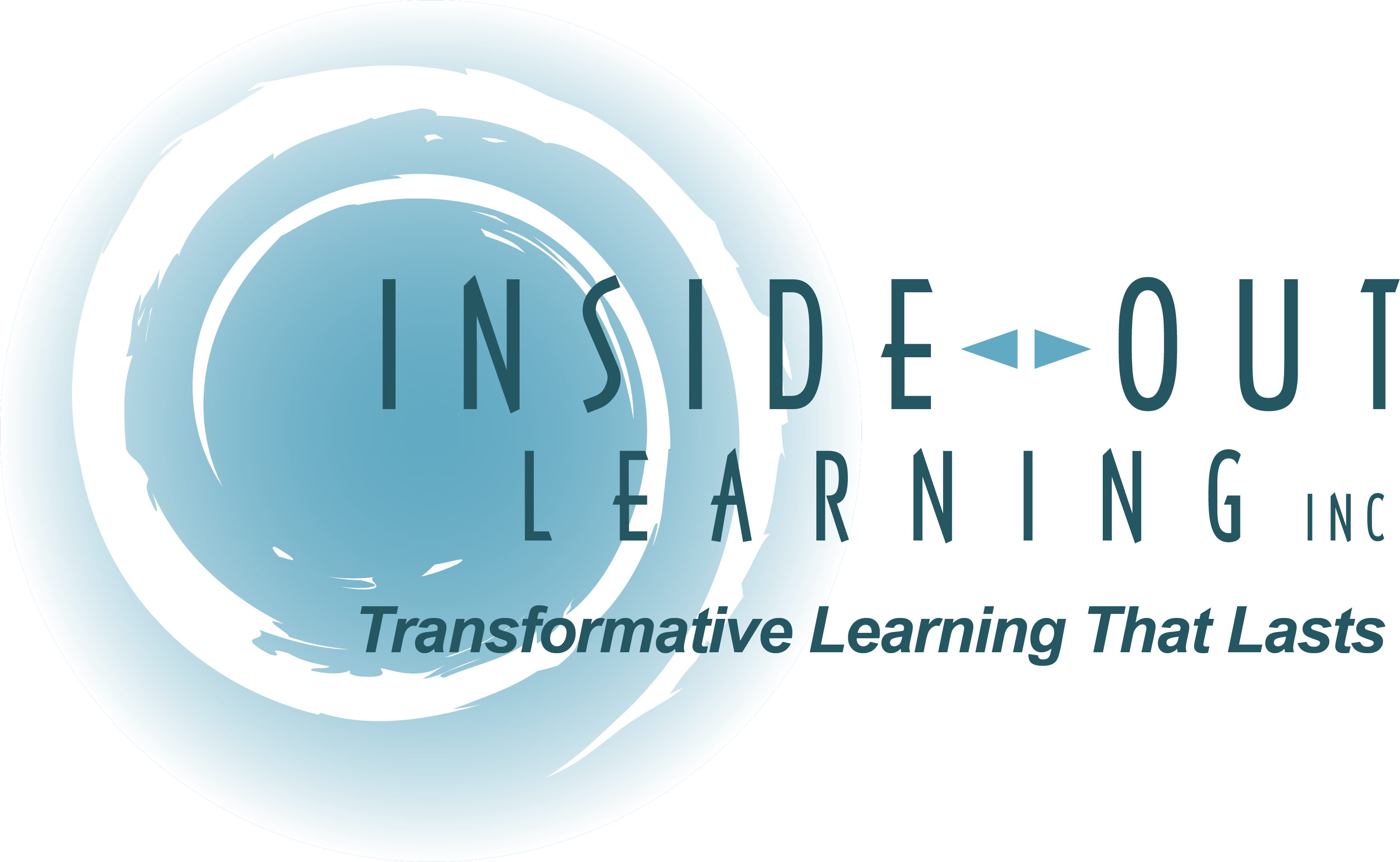Integrate DEI into your leadership development – Chief Learning Officer
*Forwarded from Feedly*
Integrate DEI into your leadership development – Chief Learning Officer
Early in the maturity of an organization’s diversity and inclusion educational strategy, DEI offerings are often experienced in a vacuum, isolated from the various business-critical learning and development strategies that both new and experienced leaders alike require. Without access to these offerings, leaders are left alone to connect the dots and figure out how the DEI pieces fit into the larger puzzle that is leadership.
When we keep DEI training separate from other leadership development offerings, we cannot expect leaders to treat what they are learning with an equal level of importance.
The ‘touchy-feely stuff’
“OK, let’s learn about the touchy-feely stuff now!” exclaimed a manager as she burst through the door into my class on inclusive leadership. The people already seated in the room reacted with anxious readjustments and eye-rolls. “What do you mean by that?” I asked, leaning toward her.
Over the next three hours, I articulated the benefits of inclusive leadership, not just for the sake of our employees, but for the sake of the business as well. By the end of the class, I was proud to say I had converted (or at least begun to convert) a once-resistant leader into a believer of the benefits that DEI practices can offer in the workplace. I know as much because she told me so.
But rather than revel in a feeling of success, I sat alone after the class wondering what sort of message this leader had received, or interpreted, to get this to place. Over time, I concluded that this all-too-common reaction is due to D&I training happening in a vacuum. Though we are told it is equal in importance, D&I content is isolated — alone on a deserted island far away from all the “real” training a leader needs to be successful. In keeping it separate, as L&D leaders, we must ask ourselves, “What message is that sending?”
A history of D&I learning
DEI learning started as compliance. It began as a way to comply with the integration and desegregation of workers across the country with a focus on assimilation. Diversity was largely tolerated, not celebrated.
Then, as a result of the changing composition of the workforce across the United States, D&I learning evolved — simply because it had to. The world’s leading companies realized it was essential for their survival.
In the years since, the business case for a diverse workforce has been proven time and time again. From increased innovation, better employee engagement, improved financial performance and a better reputation to attract the best talent from an ever more diverse population, this fact was evident: championing DEI in the workplace was just good business.
So, why did we end up with leaders who don’t seem to grasp that learning about DEI is not just meant to keep employees happy, but that it instead contributes to both their success as leaders and the success of the business as well? Why did we end up with leaders who simply view it as “the touchy-feely stuff?”
The U.S. Supreme Court
The U.S. Supreme Court issued its 1896 ruling in Plessy v. Ferguson stating that state-sponsored segregation was legal on the basis that separate did not necessarily equate to inferior. As long as things were kept equal, keeping people separate was acceptable. We know this is not the case. Not the case at all. Although this ruling was never overturned, the U.S. learned its lesson. In 1954, the Supreme Court ruled in Brown v. Board of Education that laws condoning racial segregation in schooling are unconstitutional. In order for equality to truly take a hold, people had to integrate.
The parallel for L&D and DEI leaders is evident: We must integrate DEI training into all leadership development for it to be seen as equal.
Integrating DEI within leadership development
L&D professionals should strive to blend DEI knowledge into all aspects of leadership development in the organization. When DEI learnings are treated as separate but equal to other leadership development offerings, they are almost never treated with the same level of importance by leaders. When DEI topics are integrated into everything a leader learns, DEI is seen as a business driver the same way learning the tactical how-to’s of managing a team for the first time are. It can no longer be brushed aside as “the touchy-feely stuff” once leaders realize the success of their business depends on it.
What good is it to teach how to give feedback and write performance reviews without acknowledging that men and women receive, on average, vastly different types of feedback on their performance and their work’s impact on the business? What good does it do to teach leaders how to interview effectively without mentioning the common biases that creep into the process and all the research that surrounds that?
Keeping DEI training isolated makes it difficult for leaders to apply what they learn and will ultimately fail in changing the behaviors of leaders to be more inclusive. It is our job as L&D professionals to connect the dots; to synthesize DEI principles with everything else leaders learn and do in their roles. When DEI is presented as something outside of a leader’s span of responsibility, it is viewed as an addition to their workload and is not approached with the same energy and excitement as other development opportunities.
If we do not integrate DEI principles into all leadership development offerings, too many advantages will be left on the table. Too much knowledge will go unused. Too many leaders will be left without the business-critical skills that DEI training can offer.
If the U.S Supreme Court was able to figure it out, the L&D field will as well.
Marcos Guevara is the manager of learning and development at Iterable. To comment, email [email protected].
via leadership “https://ift.tt/39Ps4zT”
November 29, 2021 at 04:51AM
